Welcome, Austin visitor! Have your eyes started to itch? Are you sneezing? Can’t go anywhere without a tissue? Does it feel like you’re coming down with a scratchy throat and bad cold?
Relax. Your trip isn’t ruined.
You’re not sick (though you may want to die).
You’ve just met Austin’s allergens.
What’s Irritating In Austin’s Air
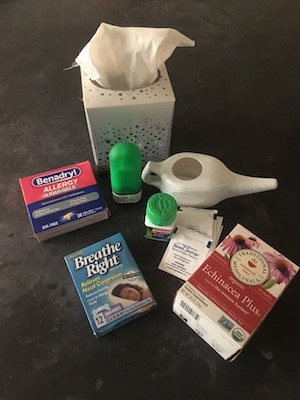 Generally speaking, Austin has great air. Low pollution, little smog, few ozone action days.
Generally speaking, Austin has great air. Low pollution, little smog, few ozone action days.
“We have first-time guests actually ask, ‘What makes Austin smell so good? Why does it have such a unique scent?’” said Chereen Fisher, Top Trip Rentals founder and owner. “It’s a mix of things, I think: our unique limestone-y soil and then everything that’s in the air.”
Depending on the time of year, that “something in the air” could be any number of things. According to Allergy and Asthma Center of Austin, ATX is often listed among the top 5 American cities for allergens.
With more than 300 days of sunshine annually, Austinites love their outdoor lifestyle. Whether exercising or lounging, spending time outside means getting a handle on any allergy issues.
Knowing what’s blowing in the wind in any given month provides some helpful information for avoiding sneezes, sniffles, and snot.
Here’s a handy breakdown of seasonal pollen and particles you’ll likely breathe in on an Austin visit.
Austin’s Fall Allergens (September, October, November)
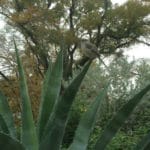
Fall Elm (also known as cedar elm; native to central Texas; produces little round seed pods called samaras; prominent in east Austin)
Ragweed (10–30 percent of the U.S. population reacts to ragweed, known as ‘hay fever’; ragweed can grow as tall as 2 ft., though we’ve seen 5 ft. plants in particularly wet years; one plant can create billions of grains of pollen per season; often found along Barton Creek greenbelt)
Weeds/Grasses (central Texas’s weed season, from August–November, is one of the longest in the country; includes Johnsongrass, one of the top 10 worst weeds in the world, and carelessweed aka pigweed–pigs love to eat it; watch out for contact rashes when on single-track trails)
Austin’s Winter Allergens (December, January, February)
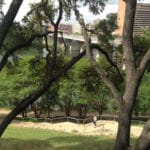
Mountain Cedar (locals swear that a good bowl of spicy tortilla soup helps combat infamous “cedar fever”; those yellow clouds hanging above those scrubby trees aren’t smoke but visible pollen; most Austinites hate cedar trees–actually Ashe junipers–with a passion; yep, you can make gin from the berries)
Weeds/Grasses (yup, still hanging around; because winter is relatively mild with few hard freezes, Austin has a long growing season)
Oak (February to late May, Austin’s gorgeous spreading oaks carpet cars and patios with a greenish dust and dropped clusters, called catkins; just forget about washing your car for a while)
Austin’s Spring Allergens (March, April, May)
Mountain Cedar (watch the allergy forecast–we swear cedar fever ends)
Weeds/Grasses (in addition to the pollens, watch out for poison ivy along Austin’s trails; “leaves of three, let it be”)
Mesquite (Texas ranchers don’t like this native thorny tree, which is really a legume; bees like the flowers; Austin’s wild monk parrots eat the beans)
Oak (live oaks, Spanish oaks, red oaks…we’ve got lots of oaks)
Smoke from Mexico (spring agricultural fires in Mexico and central America blow into Texas, bringing hazy days and trouble for asthma sufferers)
Privet (aka ligustrum; City of Austin has identified ligustrum as an invasive species; sadly popular in older landscapes)
Texas Mountain Laurel (you’re probably not allergic, but that’s what smells like Grape Kool-Aid)
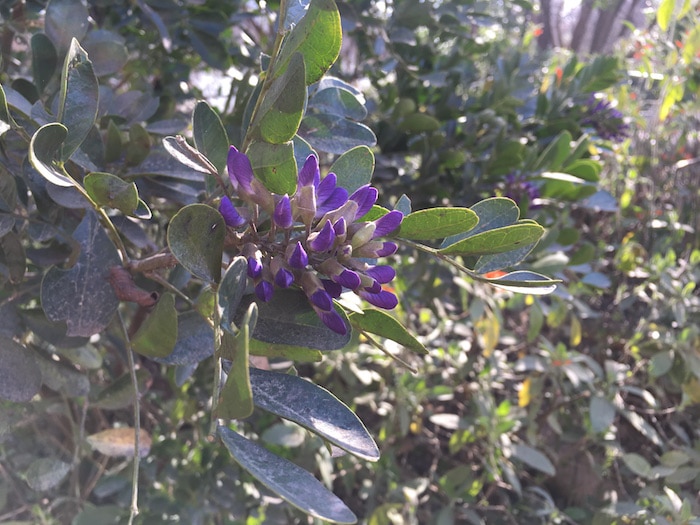
Austin’s Summer Allergens (June, July, August)
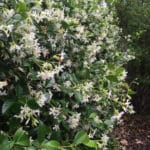
Star Jasmine (late spring, early summer; not actually an allergen, but extremely fragrant flowers scent the Austin air; people hold “white” parties when it blooms)
Saharan Dust (north Africa sends Texas gusts of fine dirt; on the up side, the Saharan dust makes summer sunsets truly gorgeous, as light filters through the particles)
Pet Dander (year ’round; Austin loves its dogs, so odds are good that you’re sharing that patio restaurant with Fido, not to mention just about every other public place)
Mold spores (year ’round in central Texas; even when Austin is in drought conditions, check the mold count)
5 Austin Allergy Resources
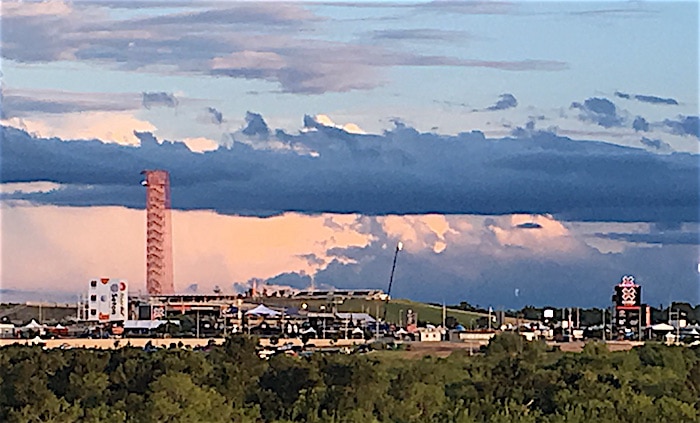
- Know you have allergies? Start over-the-counter medications before you visit. Pack your neti pot for sinus irrigation (just use bottled water, not tap water, to skip amoebas).
- Check the daily predicted count, like the KVUE Allergy Forecast, before and while you visit.
- Got asthma? Want to exercise outdoors? Take a look at Austin’s air quality index report before you hit the Barton Creek greenbelt or Lady Bird Lake Trail.
- Need something to feel better? Locally owned People’s Pharmacy can help with traditional medications and advise on alternative remedies.
- Does ingesting local products help with allergies? We don’t know if there’s any truth to whether local bee pollen helps, but we’re willing to see if drinking locally-made Austin Reserve Gin from Revolution Spirits helps with cedar fever.

